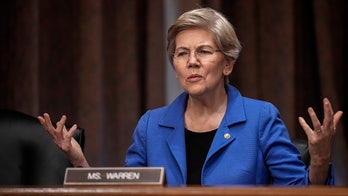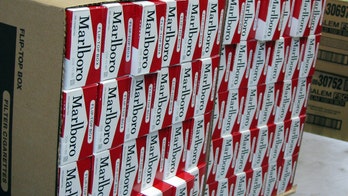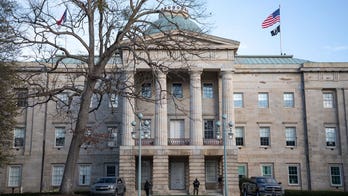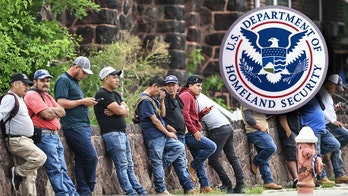North Korea’s Kim dynasty: A timeline of nuclear weapons
Leaders of North Korea’s dynastic regimes: Kim Il-Sung, Kim Jong-Il and now Kim Jong-Un, all understood possessing nuclear weapons gave the Hermit Kingdom clout; but how exactly do their approaches towards nuclear weapons policies differ?
Although specifics weren’t provided, North Korean leader Kim Jong Un joined his counterpart to the south in promising to rid the Korean Peninsula of nuclear weapons.
The vow to create a “nuclear-free Korean Peninsula through complete denuclearization” came during the Koreas’ historic summit between Kim and South Korean President Moon Jae-in in late April, and just before a much-anticipated meeting between Kim and U.S. President Trump.
“I feel like I’m firing a flare at the starting line in the moment of (the two Koreas) writing a new history in North-South relations, peace and prosperity,” Kim told Moon.

Kim is the first known member of his family’s dynasty to set foot on South Korean soil since 1953. There, at least in front of cameras, his rhetoric drastically changed since he engaged in a war of words with Trump throughout the first year of the U.S. president’s time in the White House. (Kim called Trump a “dotard;” Trump called the North Korean leader “short and fat.”)
Since Kim took over North Korea in 2011, the regime rapidly expanded and tested its missile arsenal with weapons capable of striking the U.S. mainland. His end goal, he once said, was to "establish the equilibrium of real force with the U.S. and make the U.S. rulers dare not talk about military options” for the North.
Read on for a brief look at how North Korea’s nuclear weapons program has grown throughout the regimes in the past century.
Kim Il Sung, leader from 1948-1994

Kim Il Sung did not live long enough to see his country's first successful nuclear weapons test. In this photo, members of the Korean People's Army and the Korean People's International Security Forces stand in front of a statue of Kim Il Sung and Kim Jong Il on the 72nd anniversary of national liberation. (KCNA via Reuters)
Kim Il Sung can be credited with founding North Korea and propelling the nation’s nuclear program forward — but he did not live to see his country conduct its first nuclear test.
It was under the first Kim that North Korea began to build up its nuclear reactors. And it was under his leadership that the nation began the Korean War — surely a catalyst that led the leader to believe his nation needed nuclear weapons, Dr. Sung-Yoon Lee, the Kim Koo-Korea Foundation Professor of Korean Studies at the Fletcher School at Tufts University, told Fox News in an interview.
TRUMP’S COMMENTS ON NORTH KOREA, FROM ‘FIRE AND FURY’ TO BLAMING CHINA
“The seeds of nuclear aspirations were sown in the Korean War,” Lee said.
The Korean War pitted North Korea and its ally China — two nations that did not have nuclear capabilities at the time — against a nuclear-armed U.S., making it “clear to the first Kim that nuclear weapons are very powerful, a powerful deterrent,” Lee said.
Kim Jong Il, leader from 1994-2011
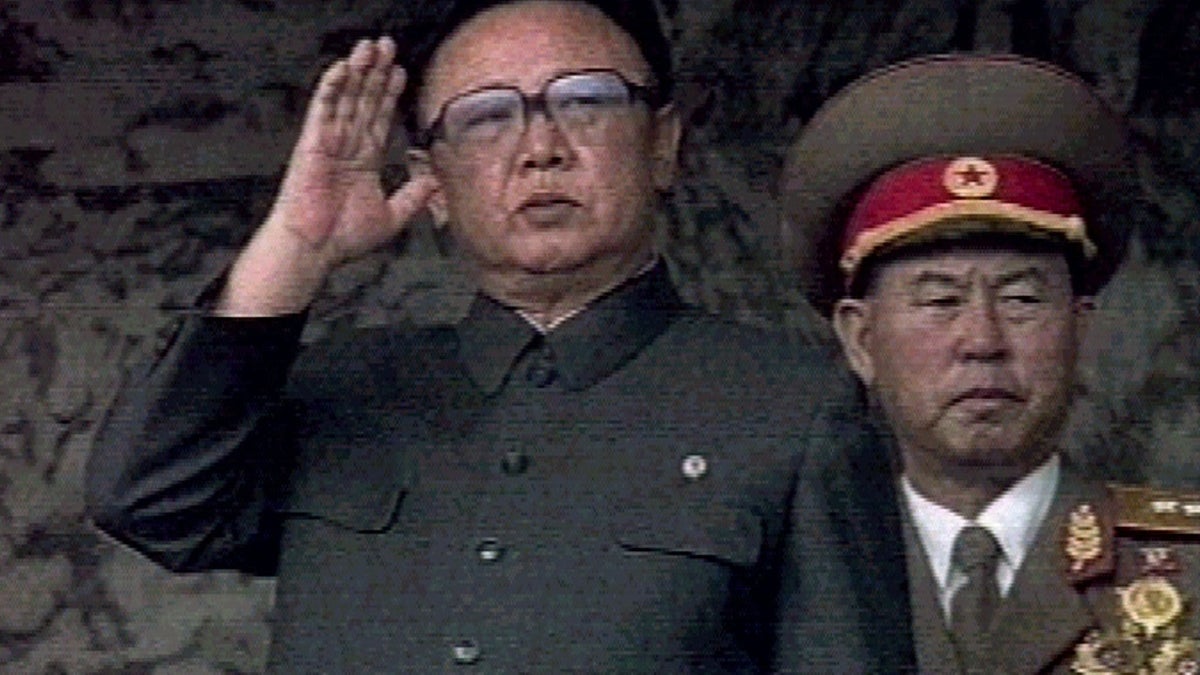
Kim Jong Il was called the "dictator who turned North Korea into a nuclear state" after his death. (Reuters)
When the second leader of the Kim dynasty died in 2011, Kim Jong Il was remembered as the “dictator who turned North Korea into a nuclear state,” in his New York Times obituary.
And it’s Kim Jong Il that really “gets the credit of taking the country down the nuclear path," Lee said.
In the beginning of his reign — he was North Korea’s supreme leader from 1994 to 2011 — North Korea denied that it had a nuclear weapons program.
TIMELINE OF NORTH KOREAN MISSILE LAUNCHES IN 2017
However, in 2003, Pyongyang announced that North Korea was withdrawing from the 1968 Nuclear Nonproliferation Treaty, which barred the nation from making nuclear weapons.
By 2005, North Korea confirmed that it had its own nuclear weapons. It tested its first nuclear device in 2006.
Kim Jong Un, leader from 2011-present

Kim Jong Un is credited with accelerating North Korea's nuclear weapons program. (AP Photo/Wong Maye-E)
Kim Jong Un is credited with accelerating North Korea’s push for nuclear weapons, and under the Obama administration, many of the world’s attitudes toward the East Asian nation’s nuclear capabilities became less blasé than in the past, Lee said.
Kim Jong Un also crossed a major threshold for his country in the summer of 2017 — the ability to credibly threaten the U.S. with an intercontinental ballistic missile.
In 2017, North Korea successfully tested its longest-ever flight of a ballistic missile. The intermediate-range weapon traveled 3,700 miles and passed over Japan before it landed in the Pacific. The country also tested its most powerful nuclear test to date this year.
After the missile test, Kim Jong Un said North Korea is nearing “equilibrium” with the U.S. in terms of its military force.
The increasingly frequent and aggressive tests added to outside fears that North Korea is closer than ever to building a military arsenal that could viably target the mainland of the U.S. or its allies in Asia.
Calling Kim Jong Un “Rocket Man,” Trump said in 2017 the dictator is on a “suicide mission for himself and for his regime.”
“The United States has great strength and patience,” Trump said. “But if it is forced to defend itself or its allies, we will have no choice but to totally destroy North Korea.”
But 2018 brought a dramatic turn of events after he declared in a stark New Year’s address that a nuclear launch button is “always on my table.” Kim Jong Un offered to meet with Trump and became the first known member of his family’s dynasty to set foot in South Korea since 1953. At the historic summit with South Korean President Moon Jae-in, both leaders pushed for peace and would work toward a “nuclear-free Korean Peninsula.”
However, neither leader provided any specific measures or seemed to forge a potential breakthrough on the issue that has captivated and terrified many, especially since last year.
Before Trump canceled a much-anticipated meeting with Kim Jong Un, North Korea said it demolished what it claimed to be its nuclear test site, setting off several explosions over the course of a few hours in the presence of foreign journalists.
The planned closing of the Punggye-ri site was previously announced, but it's unclear if another facility could be used to continue the country's nuclear weapons program. Yongbyon nuclear complex, located about 64 miles north of Pyongyang, has a new reactor that could produce weapons-grade plutonium. Pyongyang insists is being used to produce electricity for its citizens.
Trump ultimately rejected Kim Jong Un's invitation to a June meeting in Singapore, citing North Korea's "open hostility."
Fox News’ Edmund DeMarche, Ryan Gaydos and The Associated Press contributed to this report.


